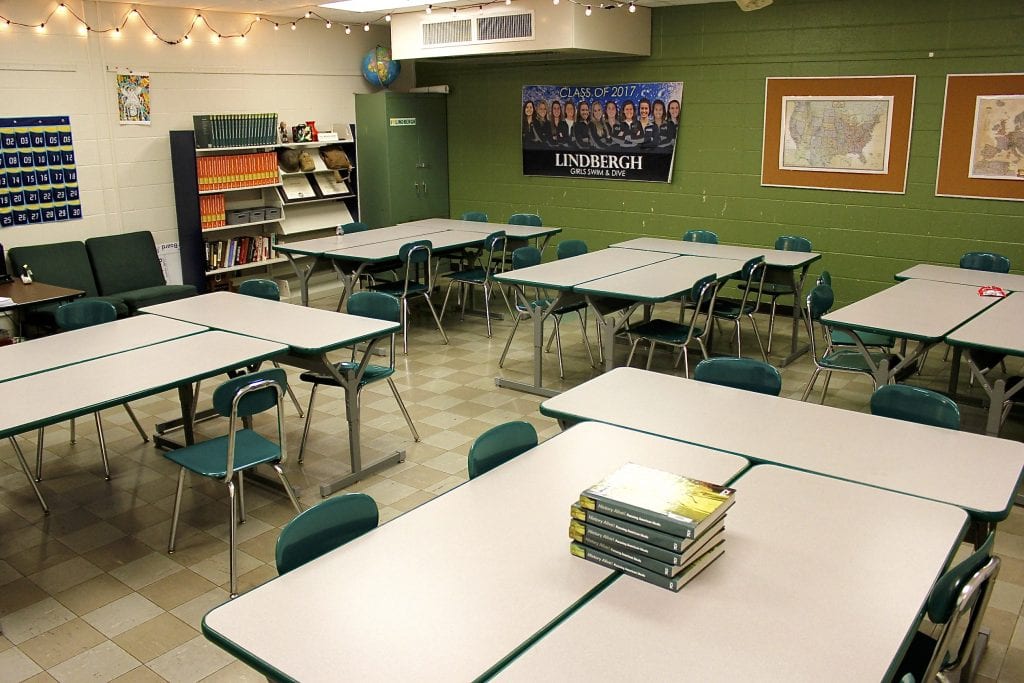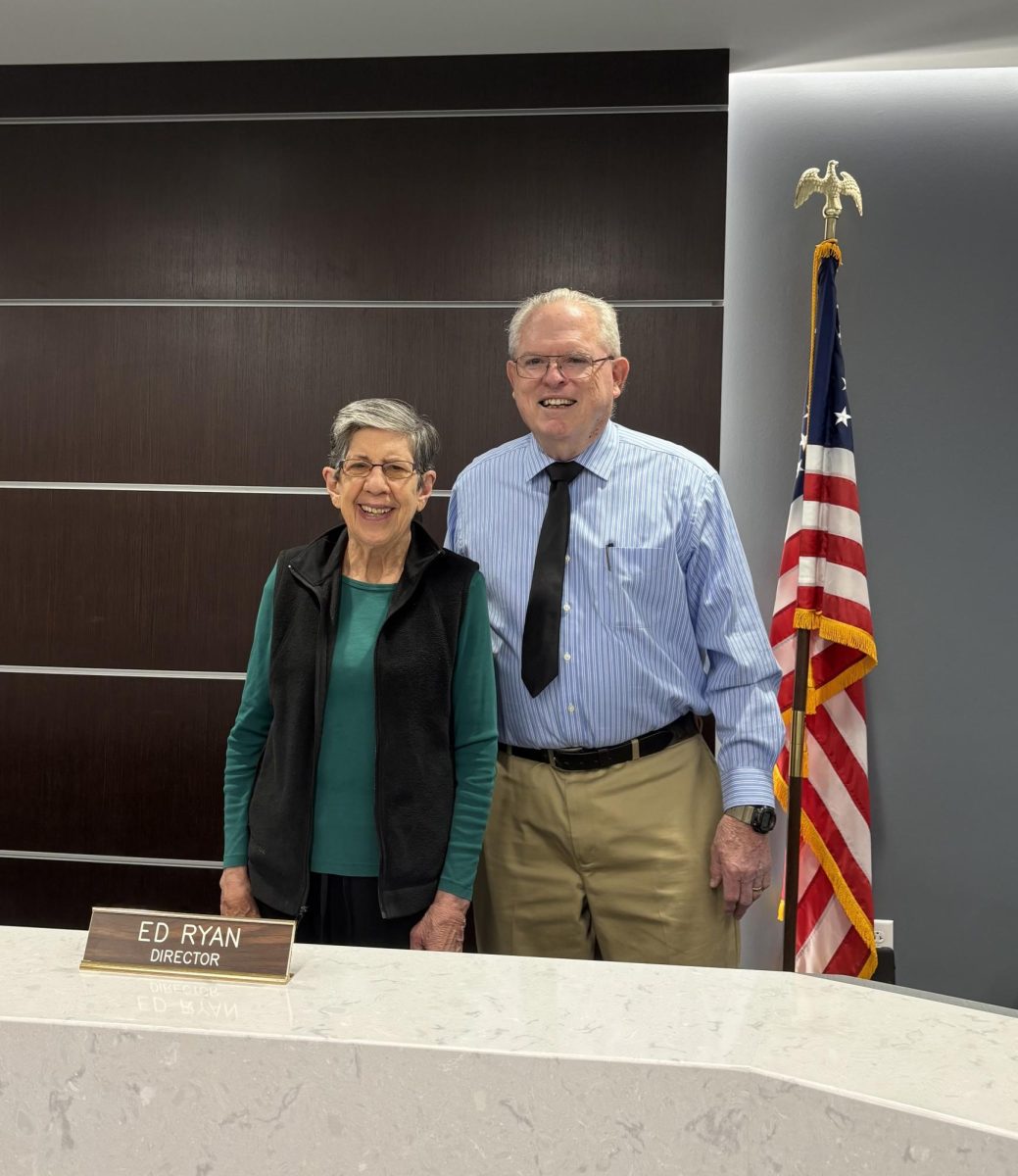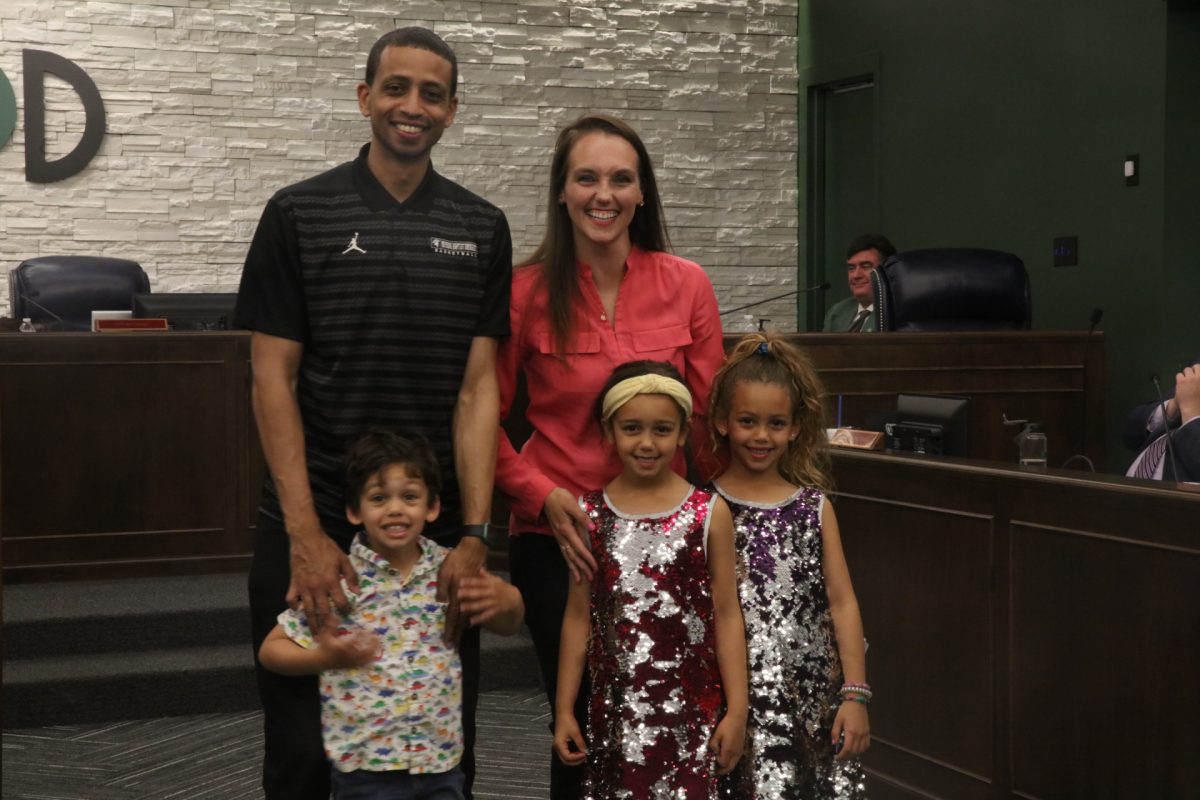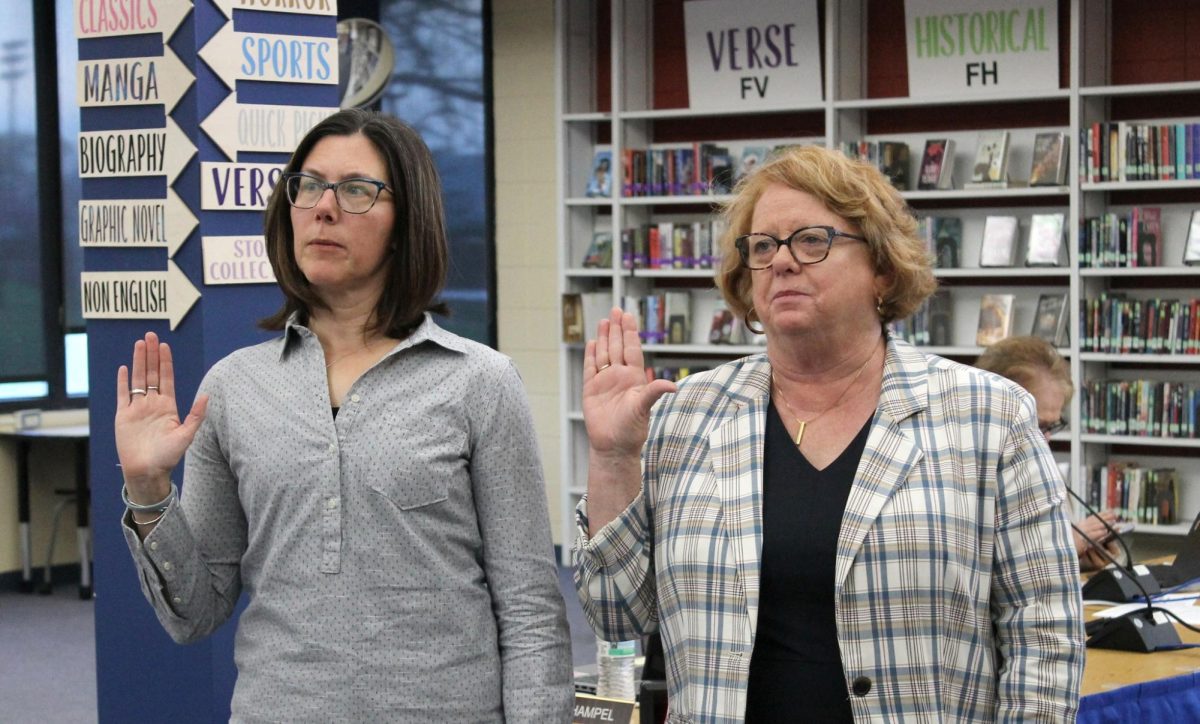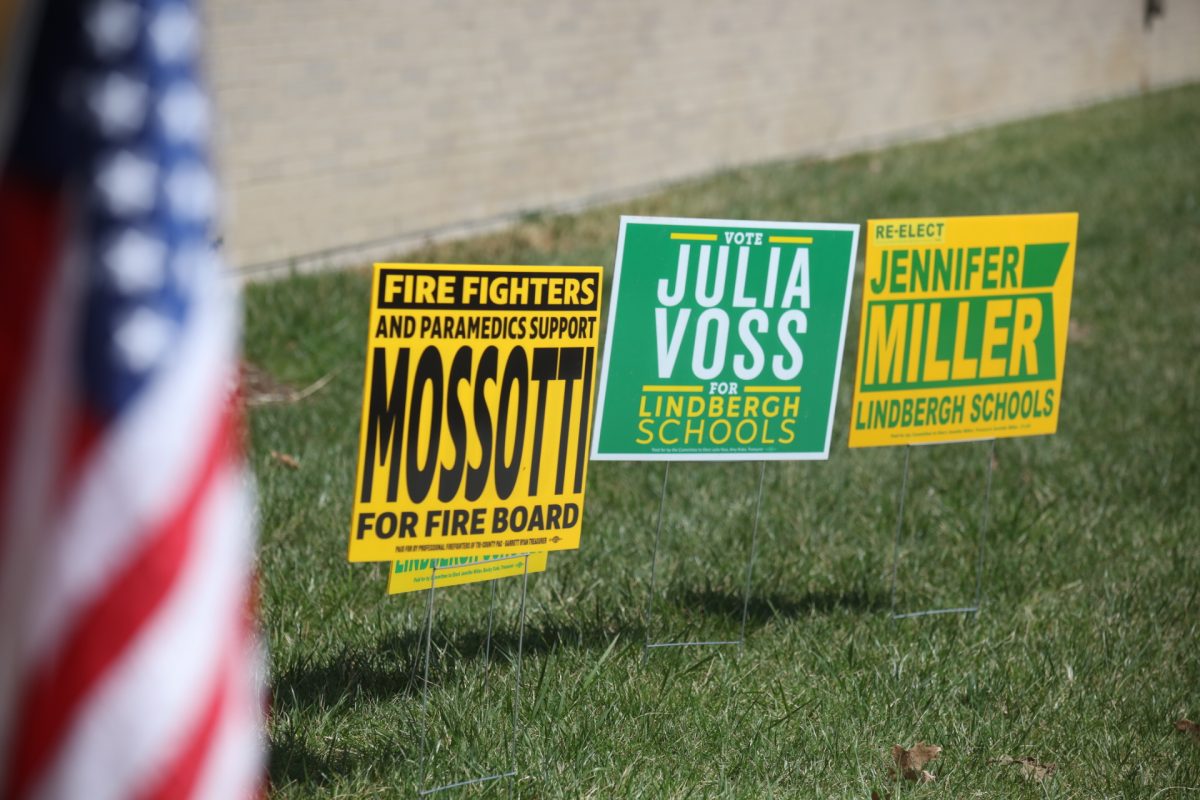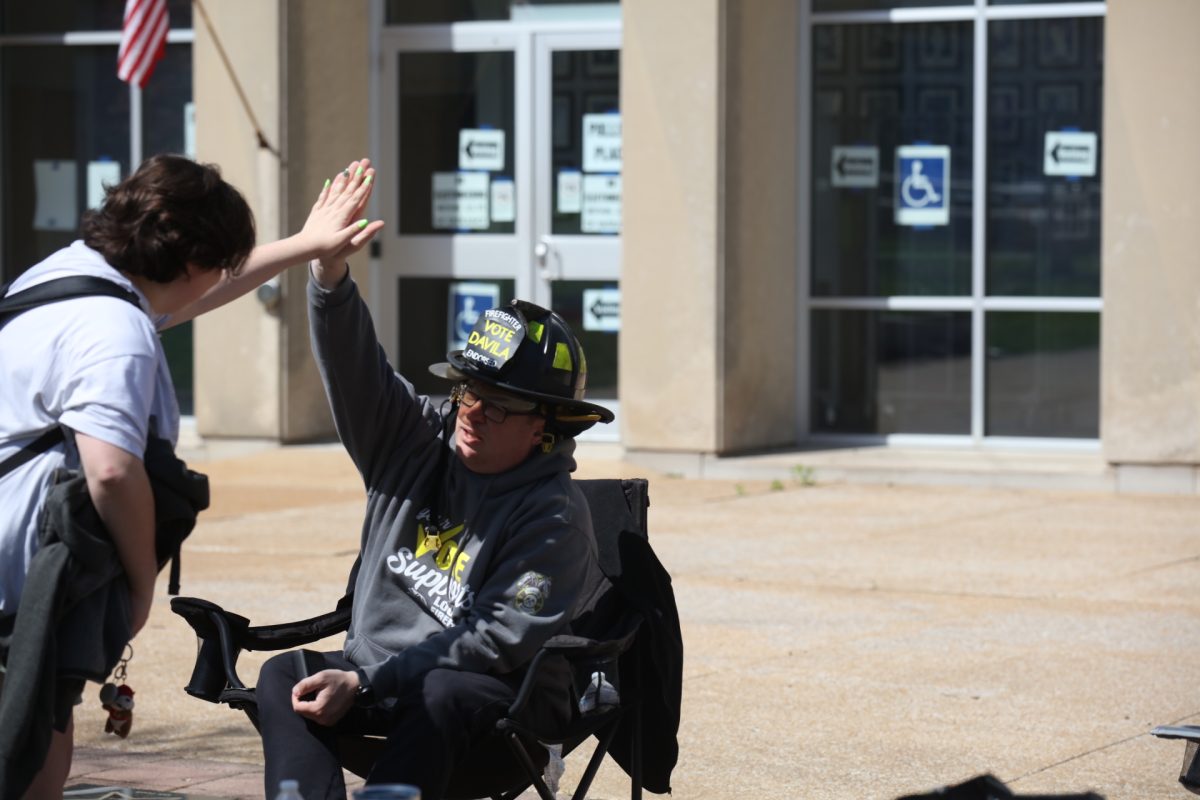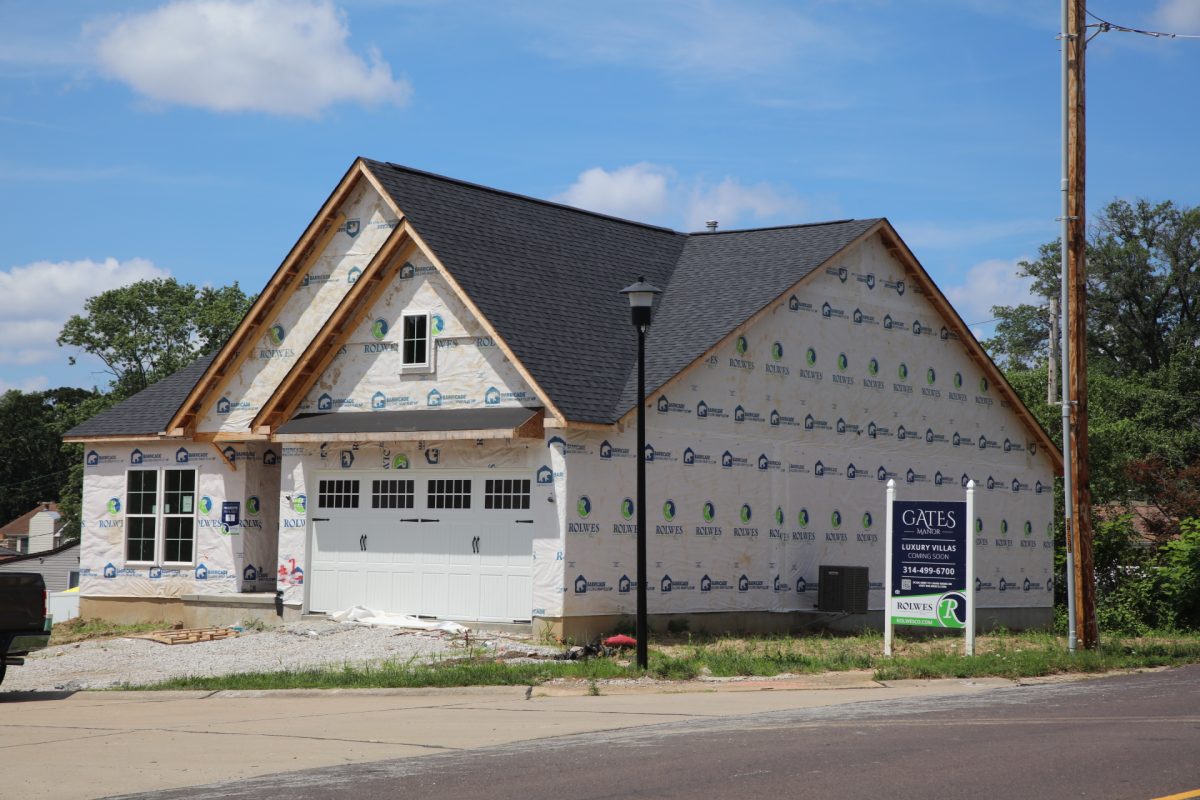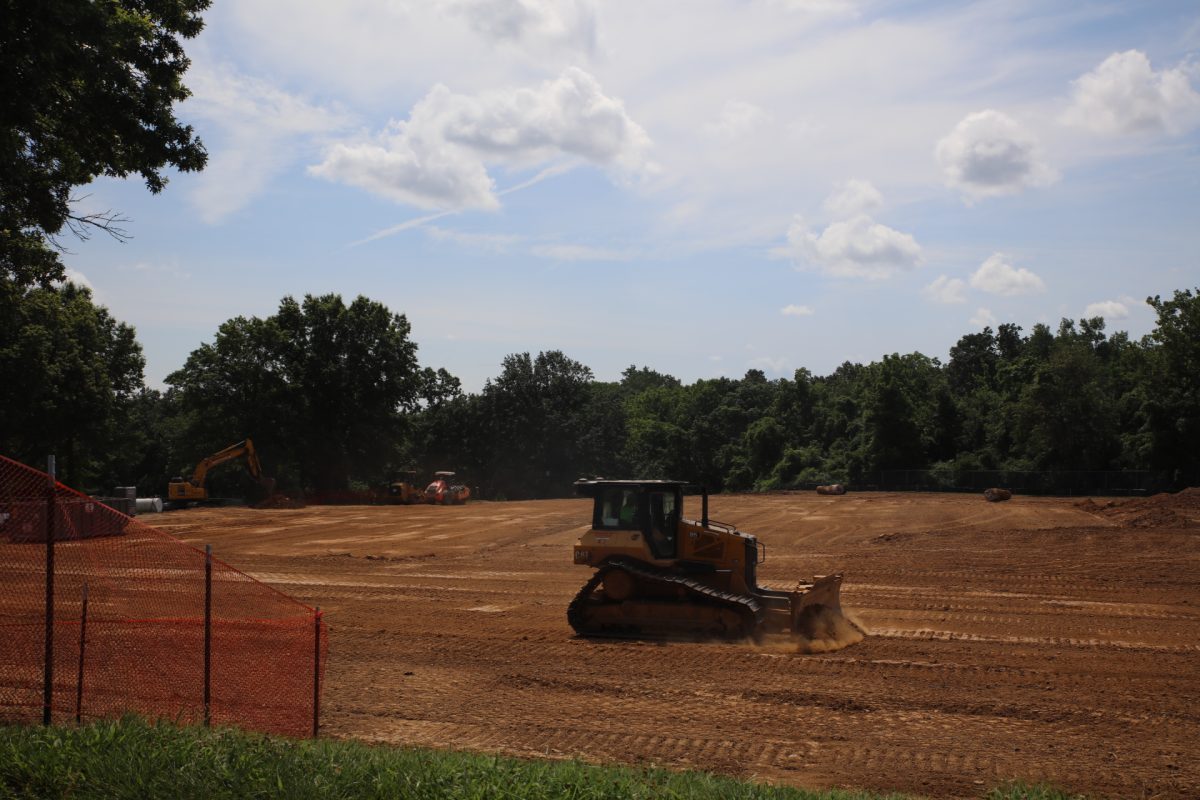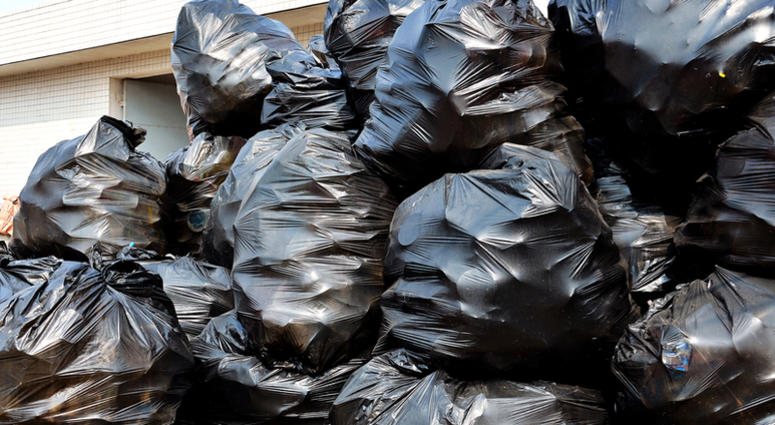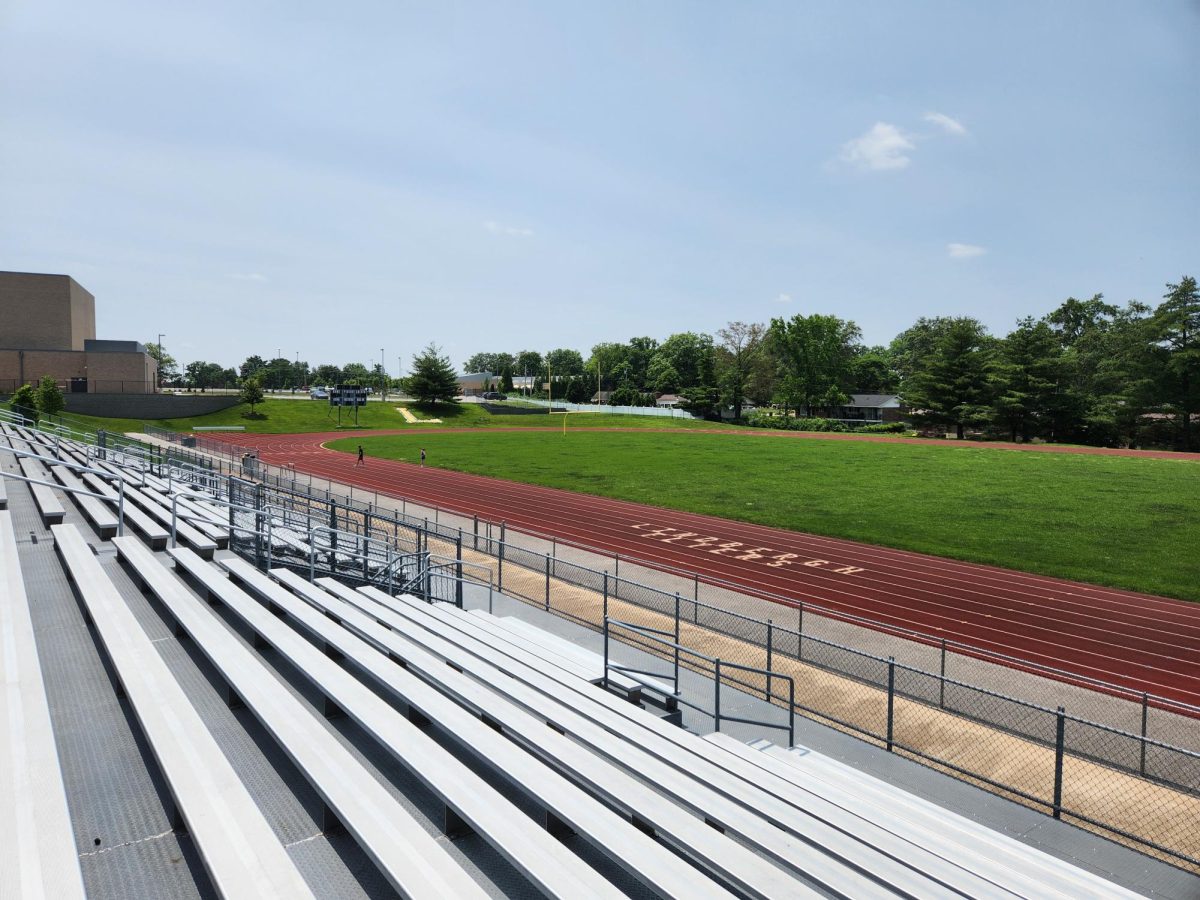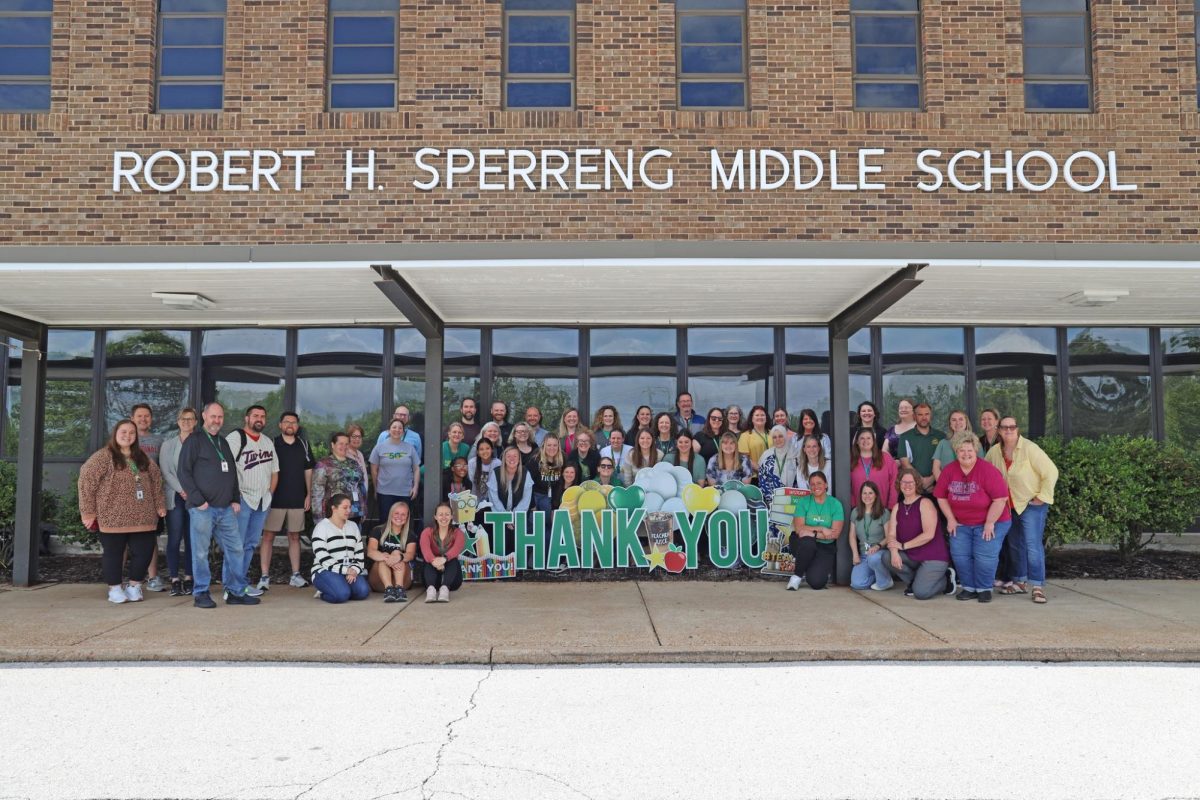By Gloria Lloyd
News Editor
glorialloyd@callnewspapers.com
Lindbergh Schools officials are asking the public for a $105 million no-tax-rate-increase bond issue to fund a new Lindbergh High School because they say the current high school is outdated and aging.
Residents will get two chances this month to see what the sprawling California-style campus of LHS looks like for themselves as the district hosts tours of the facility to show members of the public who don’t walk its hallways every day what exactly is wrong with it.
The first tour was slated to happen last weekend but was postponed due to snow. That daytime tour is now scheduled for 1 to 3 p.m. Sunday, March 31, just days before the election Tuesday, April 2, in which voters will consider the proposed bond issue for LHS, Proposition R for Safe and Ready.
The first chance to see inside LHS will happen as previously scheduled Wednesday, March 13, from 5:30 to 7:30 p.m.
Of the $105 million bond issue, $89 million would go toward rebuilding Lindbergh High on its current site, since there is almost no other available land for a new high school in the district. Some buildings would be reused, while others would be demolished.
Most current LHS school buildings date from the 1950s and 1960s and consist of multiple buildings in an open California-style campus.
On the tour, officials will show the public what it looks like inside those buildings. Several of them are nearing the end of their life span in the next five years, and the 53-year-old piping system running in tunnels underneath the school will soon have to be replaced at a cost of millions of dollars, Executive Director of Planning and Development Karl Guyer said. Any major piping work would require adding fire sprinklers to the ceiling to bring the school up to date with fire codes, which would add to the tab just to keep the old buildings standing with no improvements at all to functionality or education.
 Superintendent Tony Lake said he’s received little pushback on the proposal so far, with only a few opponents.
Superintendent Tony Lake said he’s received little pushback on the proposal so far, with only a few opponents.
A non-scientific online survey indicated that 90 percent of respondents would vote for a bond issue for an improved LHS.
“The masses I think see the fiscal responsibility of that, and if we can go revitalize our new high school and really do something great for our community without raising taxes, it’s awesome,” Lake said.
The new plan for LHS would fix some of the deficiencies the district now sees in its design. First, it would create a single point of entry, which is a best practice for safety and security on school campuses. LHS has several entrances, and the entrance that currently functions as the de facto main entrance is not in a prominent location.
When the bell rings for students to head to a different class, they use more than 60 entry doors in several buildings throughout campus to go in and out. And since the district’s operations and maintenance staff is headquartered on the campus, delivery drivers trek in and out of the campus all day, interspersing with students.
That situation will be temporarily solved with a fence that is set to be constructed around the buildings to link them, but the fence is only a stopgap, officials said.
The proposal for the new buildings in the bond issue would link the new facilities together so that students won’t have to walk outside and so that exterior doors can be locked at all times.
Second, although the high school might look fine to passersby on South Lindbergh Boulevard, district officials say the piping and inner workings of the school are approaching the end of their useful life.
“There’s been a lot of work to dress it up and keep that existing building looking as nice as possible,” Chief Communications Officer Beth Johnston said.
The unit ventilators for the HVAC system were installed in 1965, then replaced in 1995. As the system gets older and older, district maintenance staff are fixing more and more problems.
Originally, the pipe installers dug a trough for the pipes and stood in the unfinished building to lay the pipe, which extends underground from two boiler rooms across the campus to all the various buildings, where it connects to classrooms through the floor and ceiling.
But in addition to costing millions of dollars and requiring sprinklers and a new mechanical system, laying miles of new pipe under multiple already-finished buildings would be a logistical nightmare, Guyer said.
“To get a new mechanical system in, the logistics of trying to put new pipe in an existing pipe tunnel becomes almost impossible to do,” Guyer said. “Now try to deal with getting that miles of piping out with asbestos insulation on it.”
And once replaced, there are no modern features.
“If you at least approach this as somewhat of a business model, you want to get your value out of that investment,” Guyer said. “And so now you’re looking at what you see is what you have for another 30 years.”
And as far as day-to-day education, students and teachers see their classrooms as too outdated and cramped for the changing needs of education in the 21st century, Principal Eric Cochran said.
Some classrooms and buildings are not accessible to students with disabilities, which means that if they are taking those classes on a second floor they can’t access, the class has to be moved. A stair tread on a staircase broke and had to be replaced, but luckily no students were injured.
Cracks appear in the walls of the Math Building as the building expands, prompting parents to ask if the building is safe for students. The building is structurally sound, but not in the best shape, Cochran noted. Some classroom and hallway temperatures range from “unbearably warm” to freezing cold, requiring a jacket.
And then there’s the impact of a 1950s environment on education. Pointing to a room with desks and chairs in rows that he used to teach in, Cochran noted that the smaller classrooms were fine for traditional teaching in which a teacher got up in front of the class and lectured.
But as instruction moves more toward innovative project-based learning, students need to work together at tables and in groups, and there’s simply no space for it.
“These are great rooms for sitting and receiving information,” said Cochran. “You can have somebody standing up here and talking, but most of the research shows that while that is an occasionally effective tool, it’s not what you should be doing all the time. So we are often limited by the space that we have available for good teaching.”
Click here to “take a tour” of Lindbergh High School’s boiler room, infrastructure, classes.



